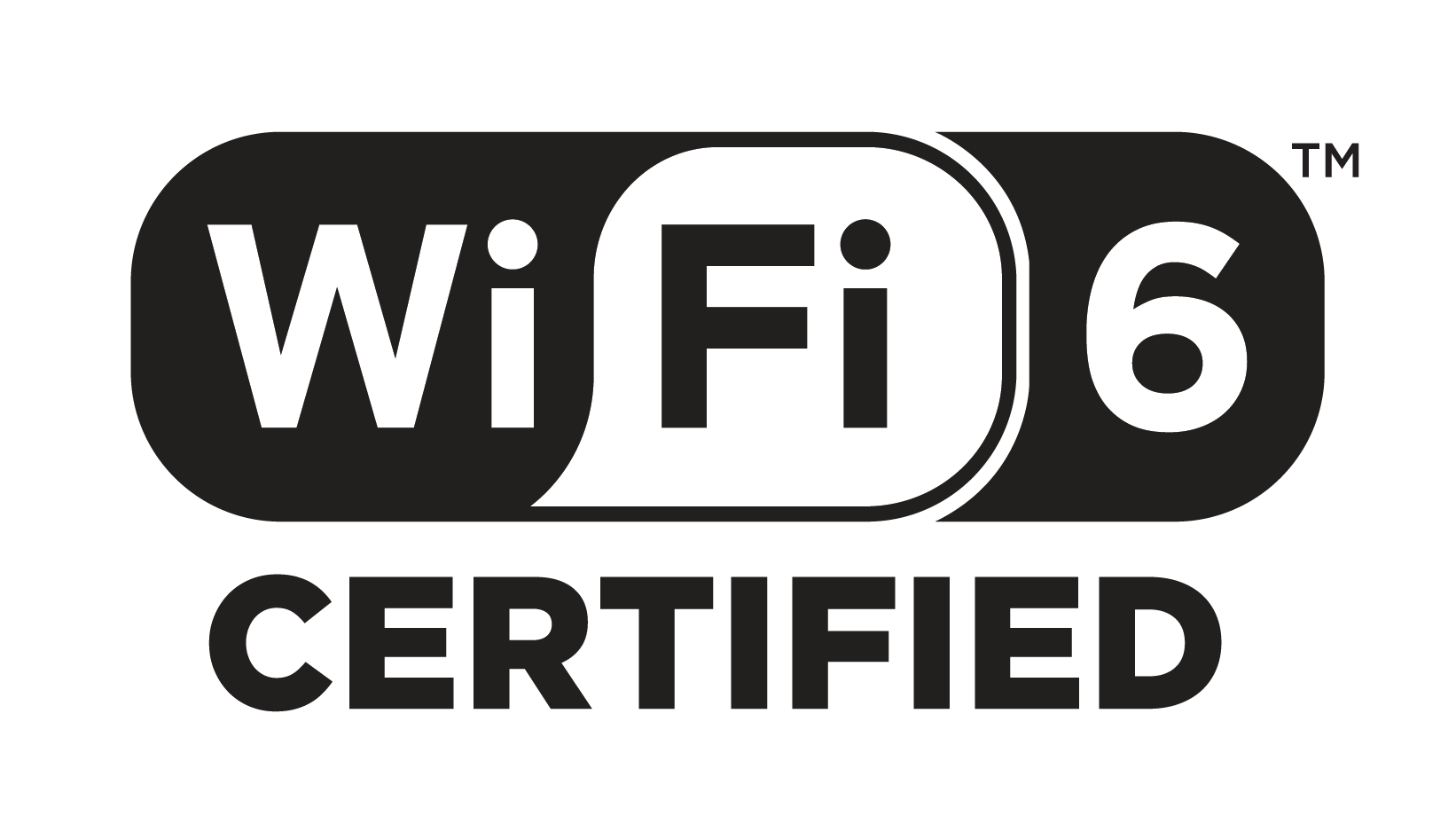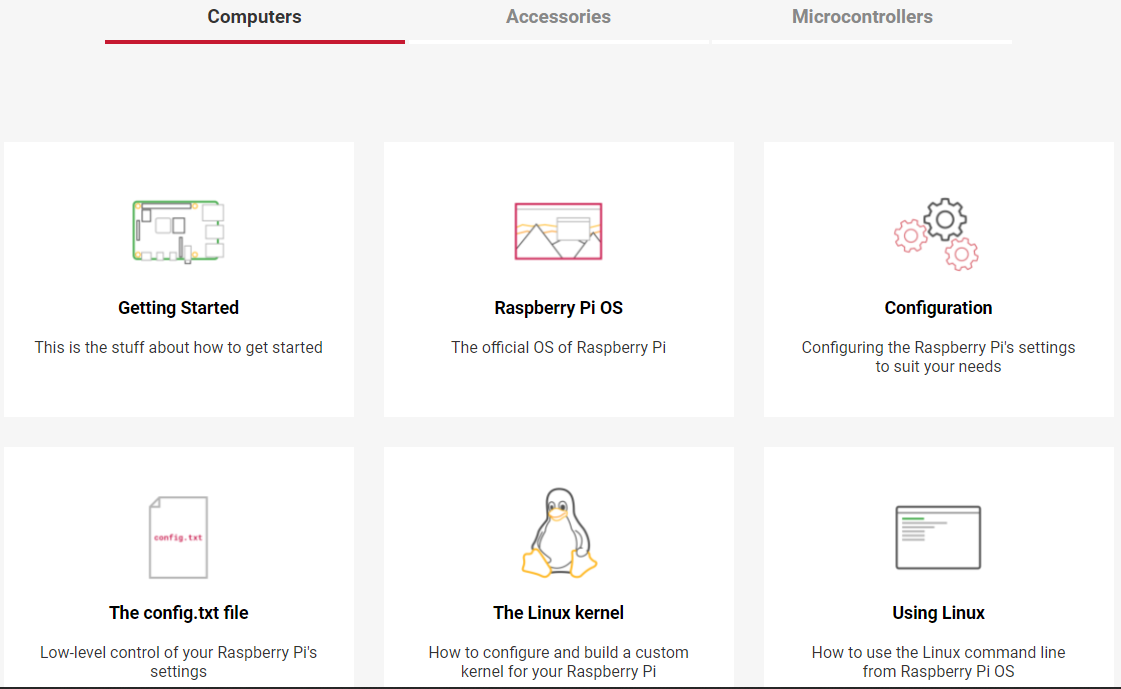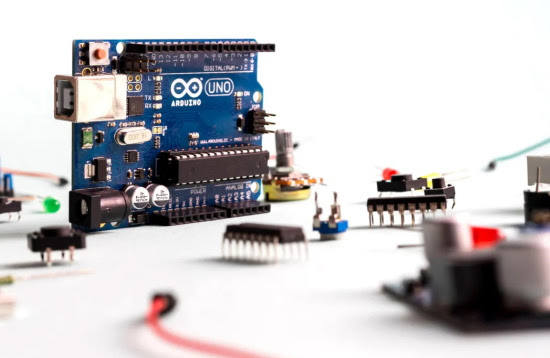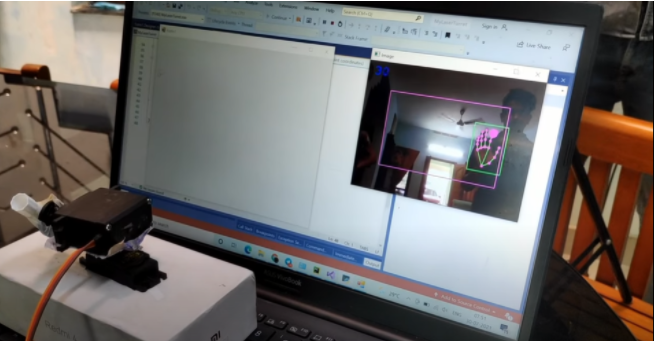Wi-Fi 6 certification is here, marks evolution in delivery of Wi-Fi connectivity
-

The Wi-Fi CERTIFIED 6
 certification program from Wi-Fi Alliance
certification program from Wi-Fi Alliance is now available and delivers the best user experience with devices based on IEEE 802.11ax. The certification program brings new features and capabilities that enable substantially greater overall Wi-Fi
is now available and delivers the best user experience with devices based on IEEE 802.11ax. The certification program brings new features and capabilities that enable substantially greater overall Wi-Fi network performance in challenging environments with many connected devices such as stadiums, airports, and industrial parks. With adoption of the latest Wi-Fi generation increasing, product vendors and service providers can trust Wi-Fi CERTIFIED
network performance in challenging environments with many connected devices such as stadiums, airports, and industrial parks. With adoption of the latest Wi-Fi generation increasing, product vendors and service providers can trust Wi-Fi CERTIFIED will distinguish Wi-Fi 6 products and networks that meet the highest standards for security and interoperability. Wi-Fi CERTIFIED 6 provides significant capacity, performance, and latency improvements to the entire Wi-Fi ecosystem, while ensuring products across vendors to work well together to deliver greater innovation and opportunity.
will distinguish Wi-Fi 6 products and networks that meet the highest standards for security and interoperability. Wi-Fi CERTIFIED 6 provides significant capacity, performance, and latency improvements to the entire Wi-Fi ecosystem, while ensuring products across vendors to work well together to deliver greater innovation and opportunity.Wi-Fi CERTIFIED 6 supports a more diverse set of devices and applications, from those requiring peak performance in demanding enterprise environments to those requiring low power and low latency in smart homes or industrial IoT scenarios. Wi-Fi CERTIFIED 6 delivers nearly four times the capacity of Wi-Fi 5, and is an evolutionary advancement for Wi-Fi’s ability to deliver high-performance infrastructure and optimized connectivity to all devices on a network simultaneously – bringing noticeable improvements in densely connected Wi-Fi environments. Wi-Fi CERTIFIED 6 delivers critical connectivity that supports cellular networks, and leverages high speeds, low latency, power efficiency, greater capacity, and enhanced coverage to deliver many advanced 5G services.
Wi-Fi CERTIFIED 6 delivers advanced security protocols and requires the latest generation of Wi-Fi security, Wi-Fi CERTIFIED WPA3
 . Advanced capabilities available in Wi-Fi CERTIFIED 6 include:
. Advanced capabilities available in Wi-Fi CERTIFIED 6 include:-
Orthogonal frequency division multiple access (OFDMA): effectively shares channels to increase network efficiency and lower latency for both uplink and downlink traffic in high demand environments
-
Multi-user multiple input multiple output (MU-MIMO): allows more downlink data to be transferred at once and enables an access point to transmit data to a larger number of devices concurrently
-
160 MHz channels: increases bandwidth to deliver greater performance with low latency
Target wake time (TWT): significantly improves battery life in Wi-Fi devices, such as Internet of Things (IoT) devices -
1024 quadrature amplitude modulation mode (1024-QAM): increases throughput in Wi-Fi devices by encoding more data in the same amount of spectrum
*Transmit beamforming: enables higher data rates at a given range resulting in greater network capacity
More details :- https://www.wi-fi.org/news-events/newsroom/wi-fi-certified-6-delivers-new-wi-fi-era
-
 MakerGram Live is a newsletter where we pull together information about Interesting projects, Industry news, upcoming events, job opportunities and other interesting bits that you may find useful
MakerGram Live is a newsletter where we pull together information about Interesting projects, Industry news, upcoming events, job opportunities and other interesting bits that you may find useful  .
. Updates
Updates MakerGram won T-works Everything Electronics Quiz 3 .
MakerGram won T-works Everything Electronics Quiz 3 .





 Projects
Projects


 Updates
Updates














